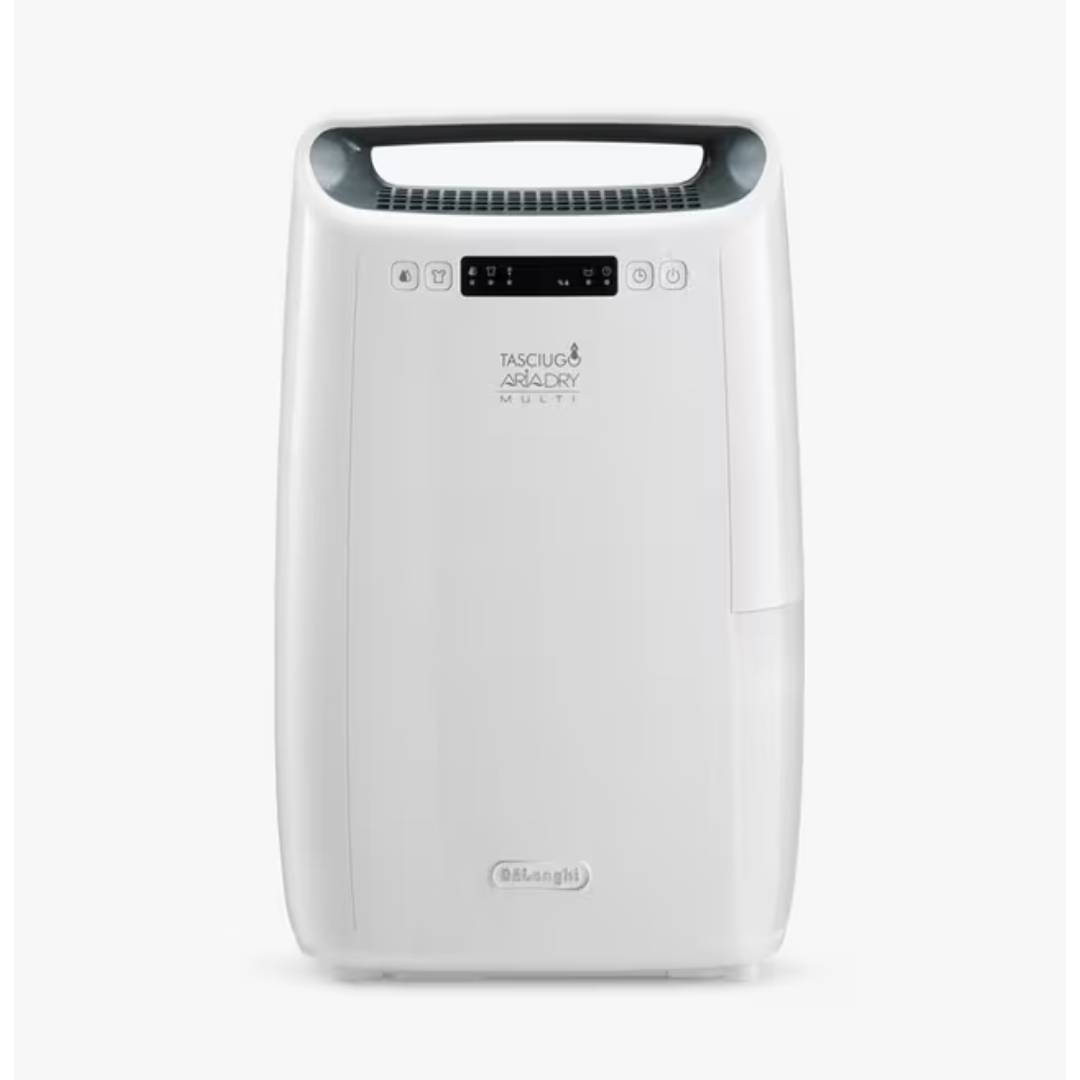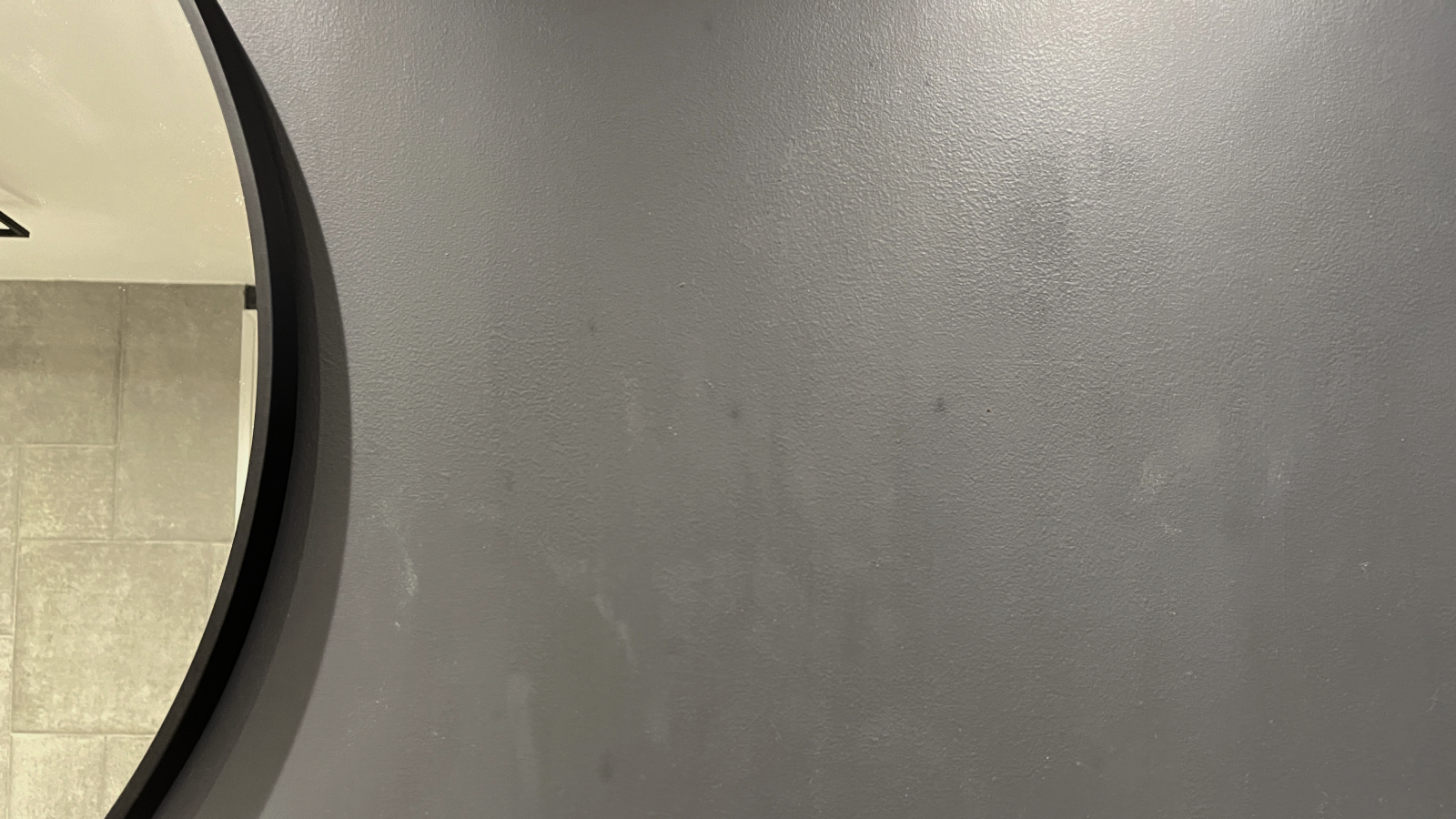What is ambient temperature? Signs this might be too high or low in your home
Achieving the perfect ambient temperature in your home isn't as simple as cranking up the heating – it requires a careful balance of effective heating systems and regular maintenance
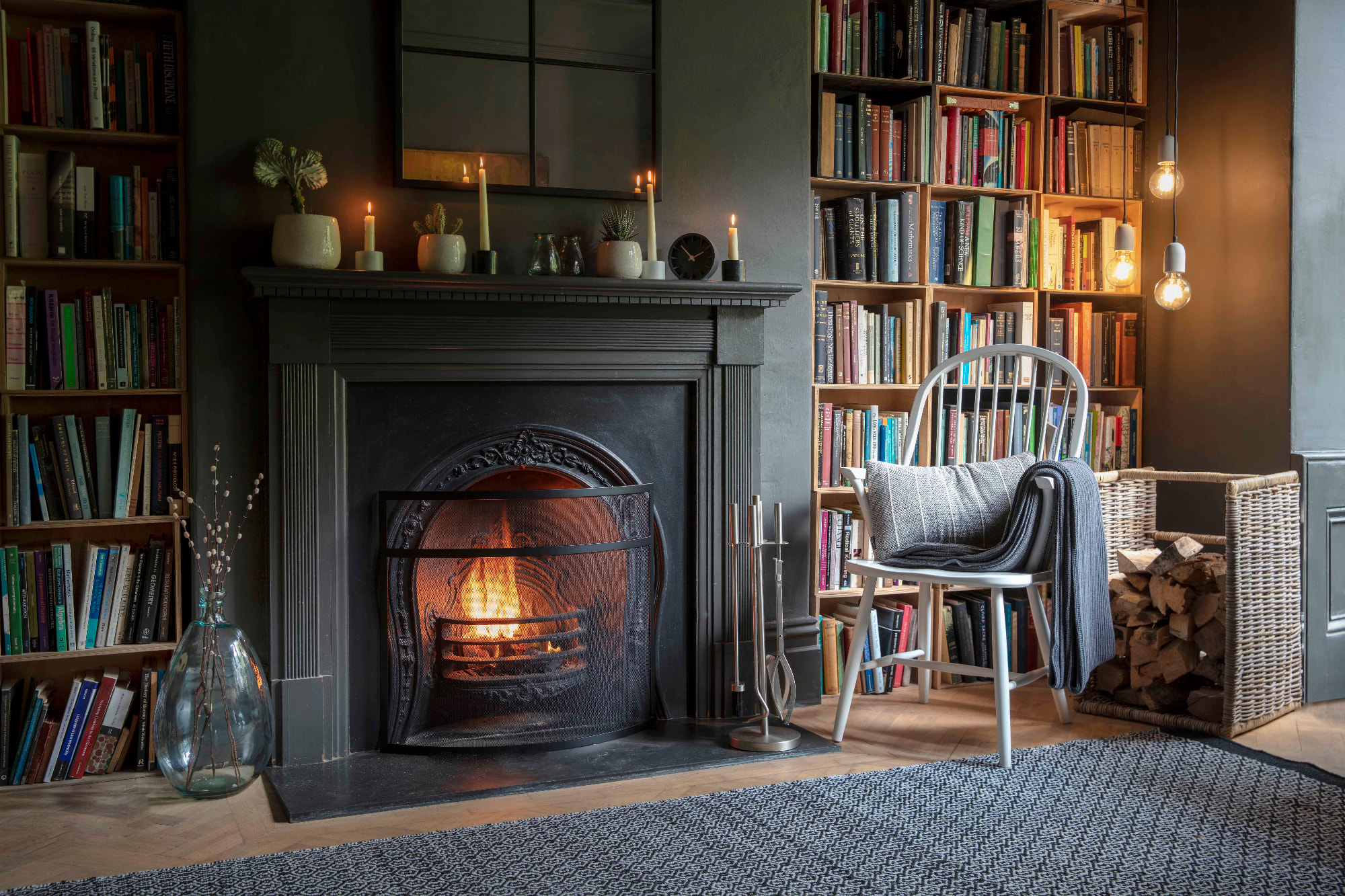
As the weather gets colder, thoughts inevitably turn to keeping our homes cosy over winter. But staying warm isn't just a case of cranking the heating up – it’s about creating a stable and comfortable environment that enhances the well-being of everyone in the household and the fabric of the house itself.
When we talk about the 'ambient temperature' of our homes, we're referring to the overall feel of warmth or coolness in our living spaces. The key to achieving the perfect ambient temperature throughout our homes is to maintain a consistent and comfortable level of warmth, no matter how cold it is outside.
In our handy guide, we'll explain how ambient temperature is different to room temperature and how to maintain a warm ambient temperature.
What is ambient temperature?
Ambient temperature is the temperature of the air around something in a space. So when we talk about the ambient temperature of a home, this typically refers to the air around a person inside the house.
Ambient temperature differs from room temperature, which tends to be the temperature of a room in which a person feels comfortable. Minimum house temperature meanwhile, is the lowest comfortable temperature your home should be to avoid problems.
While an ideal room temperature is typically around 20°C, ambient temperature of a home can be anything, depending on what your setup is. For instance, without any heating on, a poorly insulated home's ambient temperature might drop to a few degrees below the cold temperatures outside. Or, if you live in a passivhaus, ambient temperature might hold closer to room temperature without needing any heating turned on.
Of course, if you have your heating on and the thermostat set to a constant 20°C , the ambient temperature around the thermostat should be 20°C. However, the ambient temperature might be lower where there are any cold spots due to draughts, or equally it could higher around anything emitting heat like a cooker or radiator.
Bring your dream home to life with expert advice, how to guides and design inspiration. Sign up for our newsletter and get two free tickets to a Homebuilding & Renovating Show near you.
What are the risks of having a cold home?
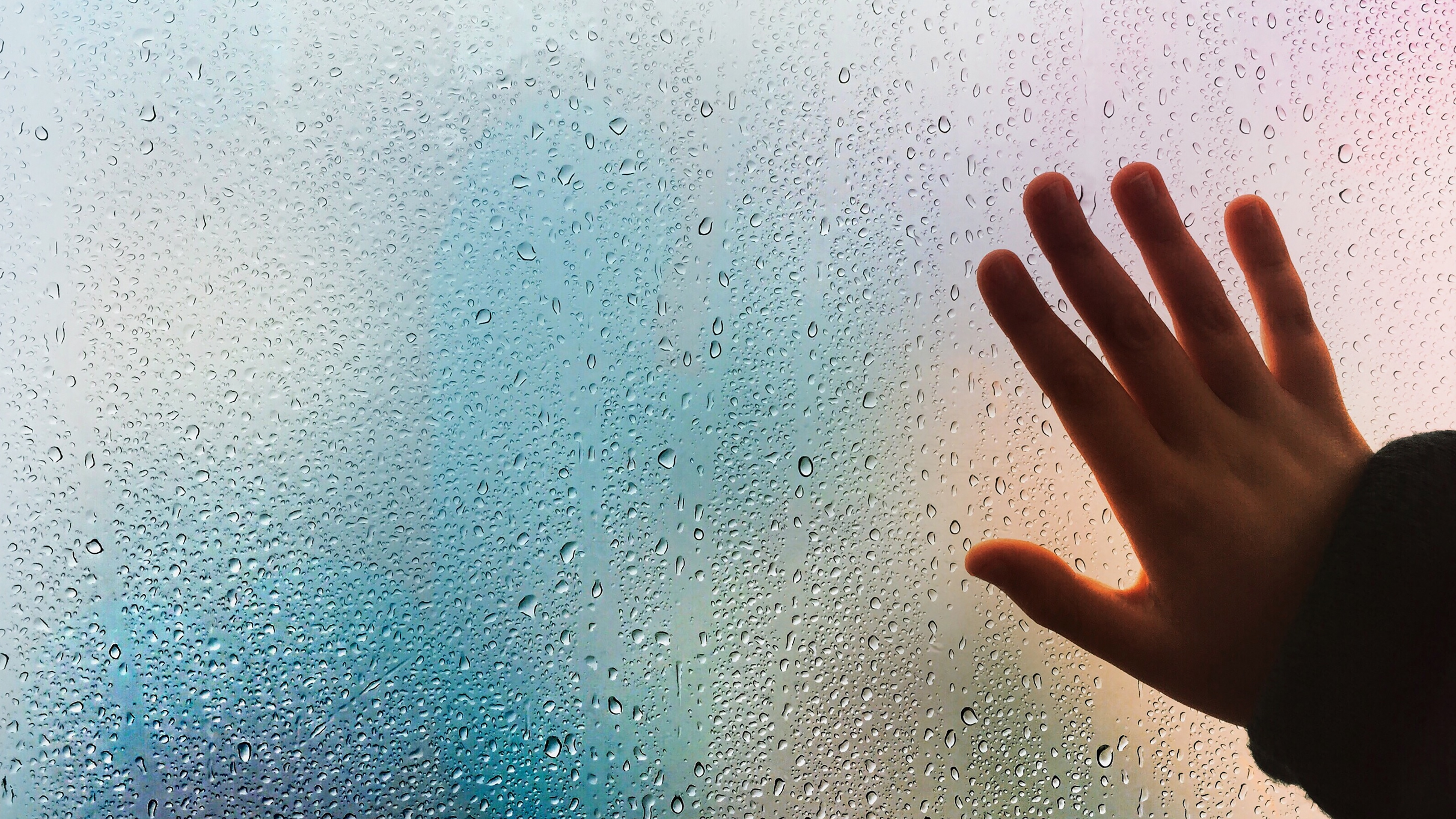
No one wants a cold home. Aside from the obvious fact that colder homes are less comfortable, keeping your ambient temperature below 15°C for prolonged periods of time can have a negative impact on the fabric of your home. Potential consequences of chilly homes include:
Condensation: When warm, moist air encounters colder surfaces, such as windows or walls, the air cools down and can't hold as much moisture. This excess moisture is released and forms condensation. In colder homes, many surfaces are at a lower temperature, making them prime spots for condensation.
Damp and Mould: Colder homes also tend to have inadequate ventilation, either due to efforts to keep heat in or because of older, less efficient building designs. When warm, moist air from activities like cooking, showering, or drying clothes indoors is trapped, it increases humidity levels, leading to problems with damp and/or mould.
These issues not only damage your home's structure but they can also pose health risks, particularly in regards to respiratory troubles. Moreover, cold environments can worsen certain health conditions, leading to discomfort or illness.
Shop dehumidifiers to combat condensation in cold spots
What are the risks of keeping your home too hot?
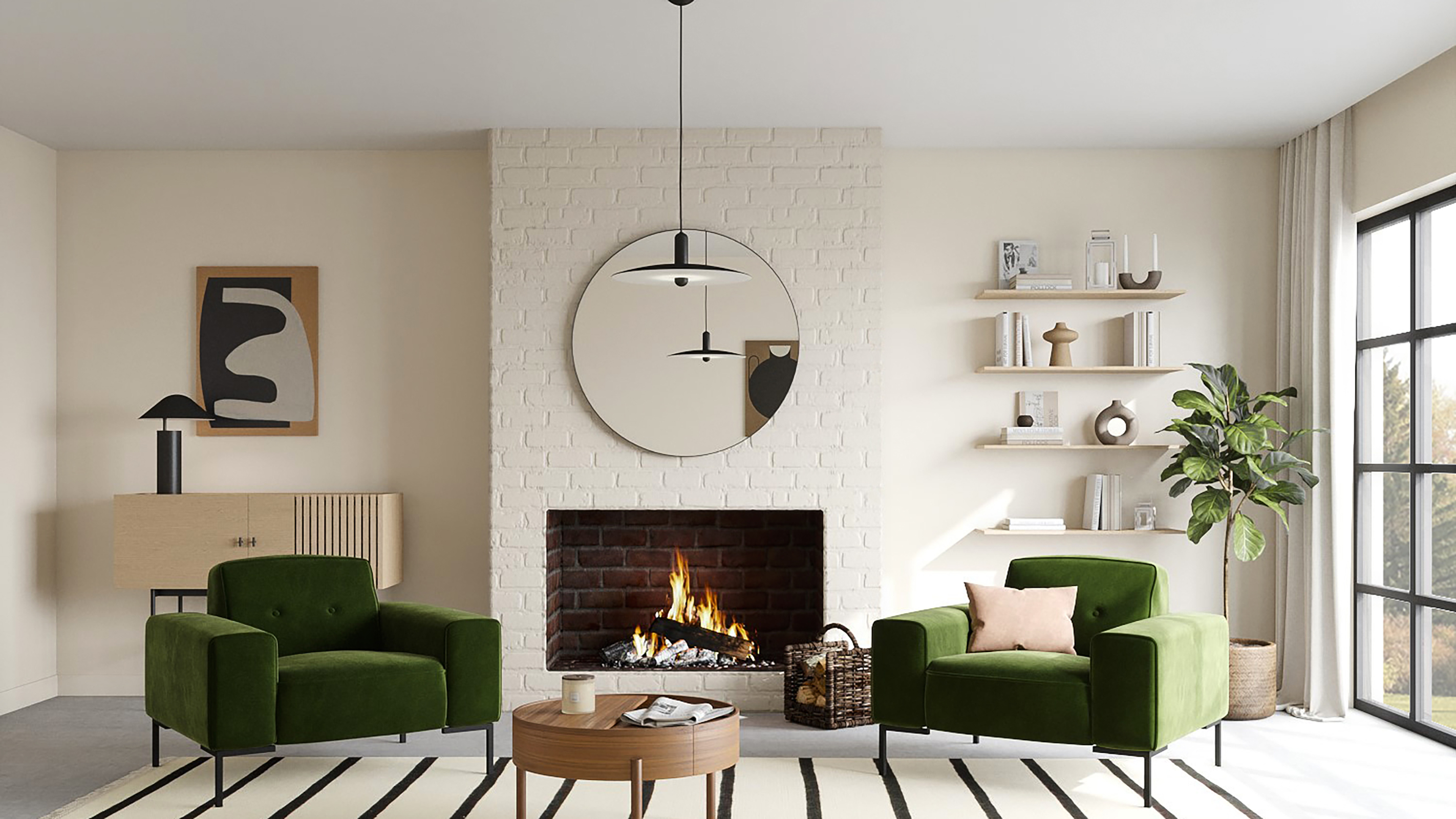
Conversely, an overheated home is not advisable either. Keeping a house excessively hot can have several drawbacks, both for the inhabitants and the house itself:
Increased energy costs: One of the most immediate impacts of overheating your home is the increase in energy bills. Maintaining a high temperature requires more energy, whether you're using central heating, electric heaters, oil filled radiators, or any other heating system. This can lead to significantly higher utility bills, especially in the colder months.
Sleep disruption: A hot environment can severely disrupt sleep patterns. The body naturally cools down during sleep, and a room that's too warm can make it difficult to get a proper night’s rest.
Air quality: High temperatures can worsen indoor air quality. It can increase the off-gassing of volatile organic compounds (VOCs) from furniture and building materials and can also heighten humidity levels in your home. In some circumstances, a humidifier may be required to offset the dry air caused by overheating.
A strain on heating systems: Maintaining a consistently high temperatures can put undue strain on your heating systems, potentially leading to more frequent repairs and a shorter lifespan for your boiler or radiators.
The tips above will help you maintain a desirable ambient temperature in your home. Should you be embarking on a new build or a house renovation, you may also want to look into modern heating systems, like underfloor heating and air source heat pumps. Underfloor heating offers a consistent and even distribution of warmth throughout your home, while air-source heat pumps are known for their energy efficiency and ability to provide effective heating and cooling.

Gabriella is an interiors journalist and has a wealth of experience creating interiors and renovation content. She was Homebuilding & Renovating's former Assistant Editor as well as the former Head of Solved at sister brand Homes & Gardens, where she wrote and edited content addressing key renovation, DIY and interior questions.
She’s spent the past decade crafting copy for interiors publications, award-winning architects, and leading UK homeware brands. She also served as the Content Manager for the ethical homeware brand Nkuku.
Gabriella is a DIY enthusiast and a lover of all things interior design. She has a particular passion for historic buildings and listed properties, and she is currently in the process of renovating a Grade II-listed Victorian coach house in the West Country.
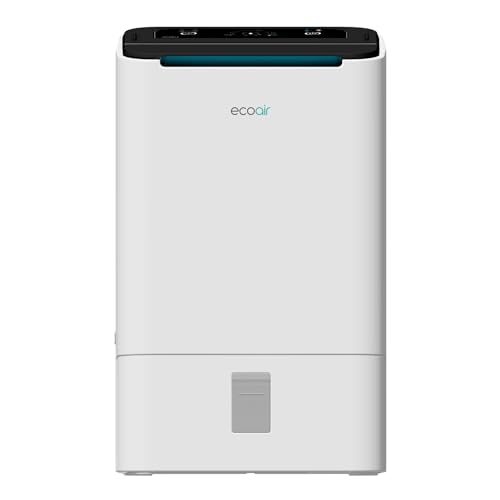
![Meaco 20l Low Energy Dehumidifier and Air Purifier 2 in 1- Dehumidifier for Medium to Large Size Homes - Controls Humidity & Cleans Air All Year Round With Hepa Filter [energy Class A] White](https://cdn.mos.cms.futurecdn.net/iNUqH6jacJv833HX4m2cRc.jpg)
